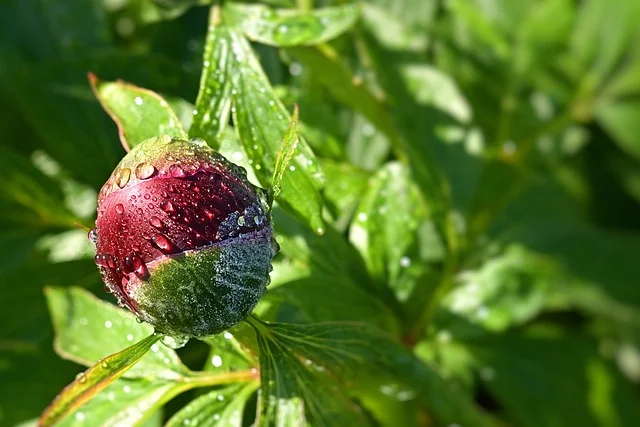Protecting Your Garden Against Frost: Essential Tips for U.S. Gardeners in 2024
Table of Contents
As the gardening season winds down in many parts of the U.S., one crucial challenge looms on the horizon: frost. A sudden frost can spell disaster for tender plants, ruining a season’s worth of hard work. But with the right preparation, you can shield your garden from cold damage and extend your growing season.

Here are some effective strategies to protect your garden from frost:
1. Know When Frost Is Coming
The first step in frost protection is knowing when to expect it. Monitor local weather forecasts, especially as fall progresses. Frost typically forms when nighttime temperatures dip to 32°F (0°C) or lower, but tender plants can be damaged even at slightly higher temperatures.

Frost Dates: Every region has typical first and last frost dates. Knowing your hardiness zone and frost calendar can help you plan ahead. In areas like the Midwest or Northeast, frost may come earlier, while Southern regions may face it later.
2. Choose Frost-Resistant Plants
Not all plants are equally susceptible to frost. Cool-season vegetables like kale, spinach, and broccoli can often withstand a light frost, while others like tomatoes, peppers, and eggplants are more vulnerable.

When planning your garden, consider frost-resistant varieties or hardy perennials that are adapted to cooler temperatures. For example, plants like pansies and snapdragons can add color to your fall garden without worry of frost damage.
3. Bring in Potted Plants
For container gardens, moving your potted plants indoors or to a sheltered area during frost warnings is a simple yet effective solution. Position them in garages, greenhouses, or even inside your home temporarily. This method works particularly well for herbs and tender plants that are easy to relocate.
4. Use Mulch for Insulation
Mulching is an excellent way to protect your garden from frost. A thick layer of organic mulch, like straw, leaves, or compost, can act as an insulating blanket, keeping soil temperatures more stable and reducing frost penetration. Mulch is especially useful for perennials and root vegetables that are staying in the ground through winter.
5. Cover Plants with Fabric
One of the most tried-and-true methods for frost protection is using covers. Lightweight materials like bed sheets, burlap, or frost cloth (floating row covers) can provide insulation while still allowing air circulation. When using fabric covers, make sure they drape down to the soil, trapping warmth radiating from the ground. Remove the covers in the morning to prevent excess moisture buildup.
For smaller plants or rows, you can use garden cloches or even plastic bottles cut in half as mini-greenhouses to shield them from the frost.
6. Water Before Frost Hits
It may seem counterintuitive, but moist soil retains heat better than dry soil. Watering your garden a day or two before an expected frost can help stabilize temperatures around the root zone. Avoid watering plants late in the day, though, as wet leaves can freeze more easily.

7. Build a Cold Frame or Hoop House
For those looking to extend their growing season into colder months, investing in a cold frame or hoop house is an excellent option. These structures act like mini-greenhouses, trapping solar heat during the day and insulating plants at night. Cold frames can be DIY projects or purchased pre-assembled, offering a reliable way to protect against frost.
8. Use Heat Sources
For especially cold nights, gardeners can add a bit of warmth with strategic heat sources. Items like string lights (non-LED types that emit heat) or small space heaters in enclosed areas can raise temperatures just enough to prevent frost from settling. Make sure any heat sources are safe and used with care.
9. Prune Carefully
If frost has already hit your garden, resist the urge to prune damaged plants immediately. Often, the damage is superficial, and plants can recover as temperatures rise. Pruning too soon may expose healthier parts of the plant to further damage.
Final Thoughts
Frost is a natural part of gardening in most parts of the U.S., but it doesn’t have to mean the end of your growing season. With thoughtful preparation, from mulching and covering to selecting hardy plants, you can protect your garden from frost damage and even enjoy an extended harvest.

Remember, the key to success is timing. Stay alert to weather changes, and have your frost protection strategies ready. With a bit of effort, your garden can continue to thrive despite the chill in the air!
This post is tailored to help U.S. gardeners deal with frost effectively. Happy gardening!

Leave a Reply